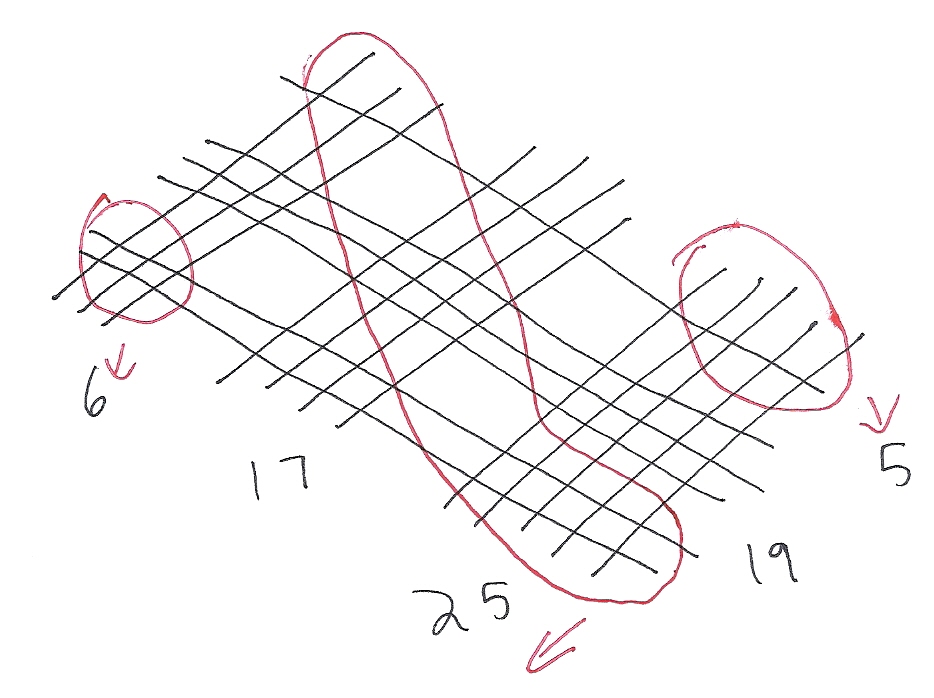M & I aren't able to make it today and they were the only ones who explored circles with us at the beginning of the month so it's a chance to revisit.
What are the opportunities?
Importance of the centre of a circle - finding the centre. Choose 3 points and fold paper to make points touch and make lines in paper to show where the centre is.
Highlight radius as an important measure
Introduce compass (centre - point, radius - width)
Circle activity - different configurations
drawing circles to hit three points
End game - find the right path. Shoot a shuttle through an asteroid field to get to a home planet (this is the idea that will make me late again!) Likely to be to complicated but worth it to experiment.
great blog with activities and resources
What are the opportunities?
- Using a compass
- four colour theorem
- finding the centre of a circle (paper folding)
- circular patterns
- fractal patterns (finding the largest circle that can fit in what's left of a shape)
- marking 6 equally spaced points on the circle and then using to create a star or rose or other
Importance of the centre of a circle - finding the centre. Choose 3 points and fold paper to make points touch and make lines in paper to show where the centre is.
Highlight radius as an important measure
Introduce compass (centre - point, radius - width)
Circle activity - different configurations
drawing circles to hit three points
End game - find the right path. Shoot a shuttle through an asteroid field to get to a home planet (this is the idea that will make me late again!) Likely to be to complicated but worth it to experiment.
great blog with activities and resources










